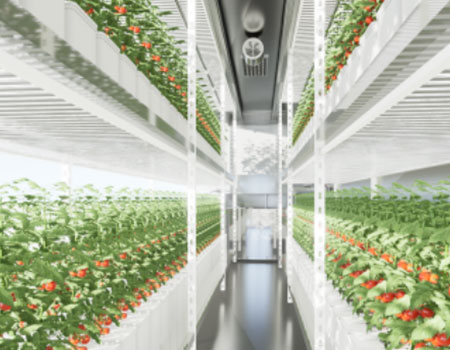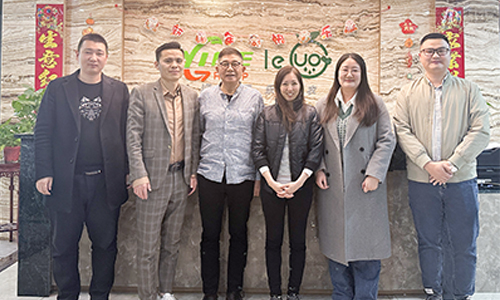Saudi Arabia is located in the West Asian region and is a coastal country, located on the world's largest peninsula, the Arabian Peninsula, and also the largest country in the West Asian region. However, the weather in Saudi Arabia is very extreme. In summer, Saudi Arabia usually experiences high temperatures, with an average temperature of about 30 degrees Celsius and a maximum temperature of up to 50 degrees Celsius in summer. The western plateau of Saudi Arabia belongs to a Mediterranean style climate, while other vast areas belong to a subtropical desert climate. In summer, the highest temperature in the southern desert area is mostly 55 degrees Celsius, and inland cities in the central region also reach above 47 degrees Celsius. The highest temperature in coastal cities is mostly 44 degrees Celsius. Overall, the summer in Saudi Arabia is very hot.

Besides high temperature, Saudi Arabia also has another synonym, which is drought. Saudi Arabia has a tropical desert climate climate, with very little annual precipitation. Here, the average annual precipitation is only 200 mm. In addition, Saudi Arabia has a wide range of deserts, with the Greater Nefert Desert in the north, the Dahena Desert in the middle, and the Rubkhari Desert in the south. The area of the desert accounts for approximately 40% of Saudi Arabia's national territory, making it the second largest country in the world in terms of desert area.
It is very difficult to carry out planting in the summer of arid and hot Saudi Arabia. We all know that plant growth cannot be achieved without fertile land and sufficient water, and obviously the extreme weather in Saudi Arabia is not very suitable. The desert is a lifeless place, with hot and dry weather, and water in the desert is within reach. The locals in Saudi Arabia like to plant fields in this sandy desert, and can grow fruits and vegetables no less than other countries. Relying on the desert can also make their country an agricultural powerhouse.
After the Saudi Arabs discovered oil and developed it, they spared no expense in developing their own agricultural products. Vertical agriculture is one of the new agricultural technologies that Saudi Arabs focus on developing. A sustainable hydroponic planting technology has emerged in vertical farms, which is particularly suitable for arid desert areas with water scarcity.
.jpg)
LED plant growth lights enable a new type of cultivation method without sunlight. In skyscrapers, only one layer of stacked shelves can replace soil and light. LED lights with different colors and light intensities can bring more growth possibilities for different phototactic crops. In addition to light, what plants need for normal growth is water. In hydroponic cultivation technology, a water circulation system is used to irrigate the roots of crops. According to statistics, in vertical hydroponic cultivation, the water source required for each lettuce planting is only 110 milliliters.
In addition, greenhouse agriculture in Saudi Arabia is also developing rapidly. Due to the excellent control of air and water through hydroponic cultivation in greenhouses, it also provides an opportunity to minimize the contact between plants and pests, thereby enabling us to minimize the use of pesticides. As more and more agricultural integrated enterprises in Saudi Arabia adopt modern and innovative methods, its appeal is expected to rapidly increase due to the many advantages provided by hydroponic methods.


.jpg)






